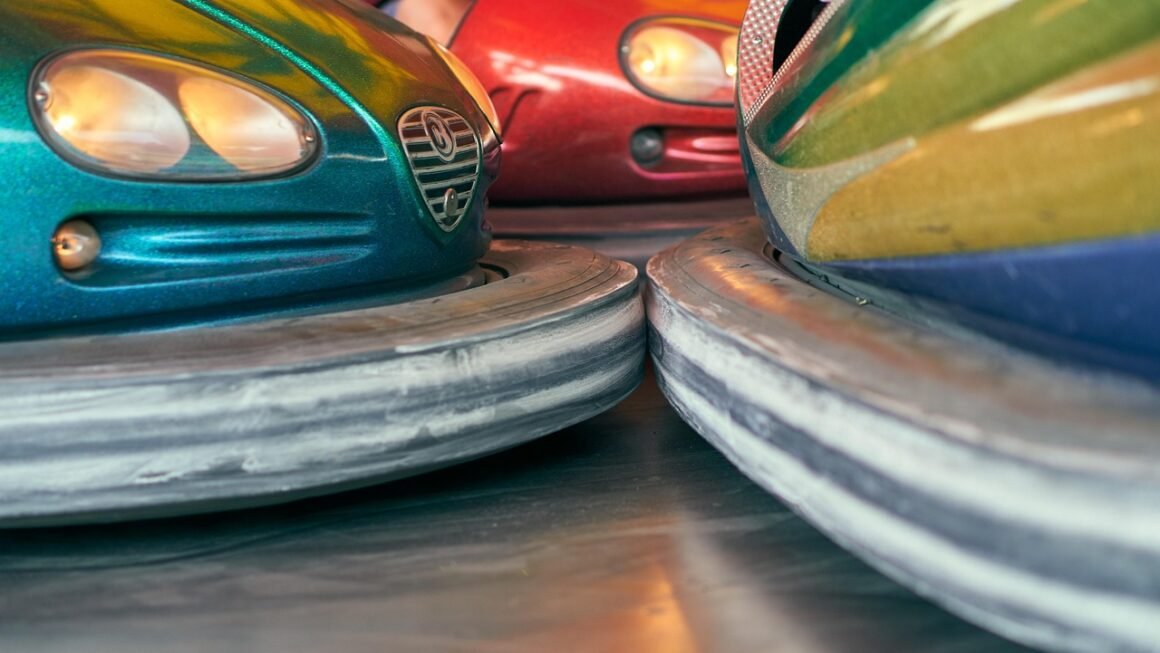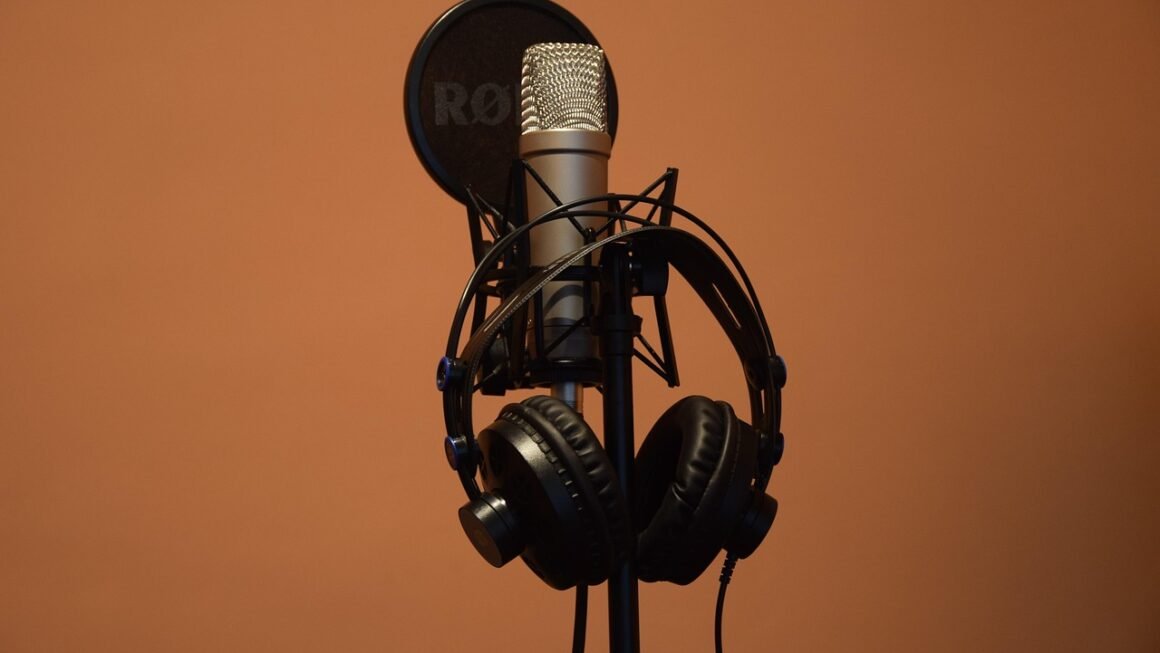Stand-up comedy. It’s an art form that can turn an ordinary Tuesday night into an unforgettable experience. From the local open mic to sold-out stadium shows, stand-up comedy is a powerful force, connecting audiences through laughter and shared experiences. Whether you’re a seasoned comedy fan, an aspiring comedian, or simply curious about the craft, this guide dives deep into the world of stand-up, exploring its history, techniques, and the magic that makes it so captivating.
The Enduring Appeal of Stand-Up Comedy
Connection and Catharsis
Stand-up comedy thrives on connection. A skilled comedian takes relatable experiences, anxieties, and absurdities, and transforms them into moments of shared understanding. This connection provides a sense of catharsis, allowing the audience to laugh at their own struggles and feel less alone.
- Example: Think of a comedian who jokes about the frustrations of online dating. Many in the audience have likely experienced similar situations, creating an instant bond and a feeling of “I’m not the only one!”
- Cathartic release: Laughter has been scientifically proven to reduce stress and improve mood, making stand-up a powerful tool for emotional well-being.
The Art of Observation
Great comedy often stems from keen observation of the world around us. Comedians are masters of noticing the subtle ironies and everyday absurdities that others might overlook.
- Practical Tip: Aspiring comedians should keep a notebook handy and jot down anything that strikes them as funny or unusual throughout their day. These observations can form the basis of new jokes.
- Example: Jerry Seinfeld’s observational comedy is legendary. His routines often focus on mundane topics like waiting in line, ordering food, or the peculiarities of everyday conversations.
Crafting the Perfect Set: Writing and Performance
Joke Structure: The Foundation of Funny
Understanding joke structure is crucial for crafting effective comedic material. While there are many variations, the basic principle involves setting up an expectation and then subverting it.
- The Setup: This introduces the topic and sets the scene.
- The Punchline: This is the unexpected twist that delivers the laugh.
- Example: “I used to hate facial hair… but then it grew on me.” (Setup: Hating facial hair; Punchline: A pun using the phrase “grew on me.”)
- Rule of Three: A common comedic technique is to present two similar elements followed by a contrasting third element to create surprise and humor.
Developing Your Stage Persona
Your stage persona is the character you embody on stage. It’s an extension of your personality, amplified and tailored for comedic effect.
- Authenticity is Key: While you’re playing a character, it should still feel authentic to who you are. Audiences can spot a fake easily.
- Voice and Delivery: Pay attention to your tone, pacing, and body language. Practice varying your delivery to emphasize certain words or create comedic pauses.
- Example: Maria Bamford’s anxious and self-deprecating persona is a core part of her comedic identity, resonating with audiences who appreciate her honesty.
Navigating the Comedy Scene: Open Mics and Beyond
The Open Mic Circuit: Your Training Ground
Open mics are the proving ground for aspiring comedians. They offer a low-pressure environment to test material, develop your stage presence, and network with other performers.
- Be Prepared: Have at least 5 minutes of material ready to go.
- Respect the Mic: Pay attention to the other performers and be respectful of their time.
- Record Your Sets: Watch them back to identify areas for improvement.
- Networking is Crucial: Connect with other comedians and build relationships.
Building Your Brand and Presence
In today’s digital age, building an online presence is essential for any comedian.
- Social Media: Use platforms like Twitter, Instagram, and TikTok to share clips of your performances, interact with fans, and promote upcoming shows.
- Website: Create a website to showcase your work, list upcoming gigs, and offer contact information.
- YouTube: Upload full sets or shorter clips to YouTube to reach a wider audience.
The Evolution of Stand-Up: Past, Present, and Future
From Vaudeville to Netflix: A Historical Overview
Stand-up comedy has a rich history, evolving from vaudeville stages to the comedy clubs and streaming platforms of today.
- Vaudeville Era: Early stand-up was often characterized by rapid-fire jokes and physical comedy.
- The Golden Age of Comedy Clubs: The mid-20th century saw the rise of iconic comedy clubs like The Comedy Store and Catch a Rising Star, which launched the careers of countless legends.
- Netflix and Beyond: Streaming services have revolutionized the comedy landscape, providing comedians with a platform to reach global audiences.
The Future of Stand-Up: Diversity and Innovation
The future of stand-up is bright, with a growing emphasis on diversity and innovation.
- Increased Representation: More and more comedians from diverse backgrounds are finding their voices and sharing their unique perspectives.
- Experimentation with Form: Comedians are pushing the boundaries of stand-up, incorporating elements of storytelling, music, and performance art.
- Data and Analytics: Comedians are increasingly using data and analytics to understand their audiences and tailor their material accordingly.
Conclusion
Stand-up comedy is more than just telling jokes; it’s an art form that requires dedication, skill, and a deep understanding of human nature. From crafting the perfect punchline to navigating the comedy scene, the journey of a comedian is a challenging but rewarding one. By embracing the art of observation, honing your writing and performance skills, and connecting with audiences on a personal level, you can unlock the power of laughter and create truly unforgettable moments. Whether you’re an aspiring comedian or simply an admirer of the craft, the world of stand-up offers something for everyone.


